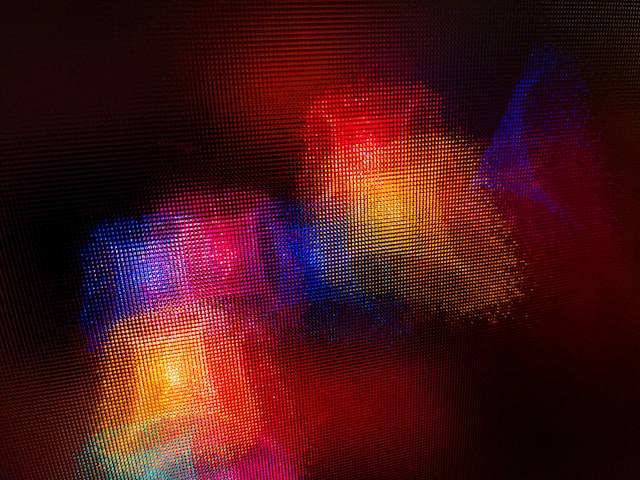This whole intelligent design vs evolution debate has been on my mind lately. There’s a fascinating post by Steve Anderson at HuffPo, relating an interview between Der Spiegel and philosopher Daniel Dennett.
Dennett explains why the notion of intelligent design has such appeal to many people, and emphasises how radically the theory of evolution challenges man’s sense of self. Here’s the nub of it
Dennett: It’s the idea that it takes a big fancy smart thing to make a lesser thing. I call that the trickle-down theory of creation. You’ll never see a spear making a spear maker. You’ll never see a horse shoe making a blacksmith. You’ll never see a pot making a potter. It is always the other way around and this is so obvious that it just seems to stand to reason.
Interesting, never quite thought about it that way. So since we’re smart, smarter I assume than our environment, like, you know, rocks and trees, then something larger and grander than us made us.
SPIEGEL: You think this idea was already present in apes?
Dennett: Maybe in Homo Habilus, the handyman, who began making stone tools some 2 million years ago. They had a sense of being more wonderful that their artifacts. So the idea of a creator that is more wonderful than the things he creates is, I think, a very deeply intuitive idea. It is exactly this idea that promoters of Intelligent Design speak to when they ask, ‘did you ever see a building that didn’t have a maker, did you ever see a painting that didn’t have a painter.’ That perfectly captures this deeply intuitive idea that you never get design for free.
SPIEGEL: An ancient theological argument…
Dennett: … which Darwin completely impugns with his theory of natural selection. And he shows, hell no, not only can you get design from un-designed things, you can even get the evolution of designers from that un-design. You end up with authors and poets and artists and engineers and other designers of things, other creators — very recent fruits of the tree of life. And it challenges people’s sense that life has meaning.
Now let’s add to this insight my favourite psychological notion, the fundamental attribution error (which explains how humans have a perceptual bias that leads us to overemphasise the genius of individuals, and to underemphasise the complex influece of context)… and you begin to question a great deal of popular narratives about how things happen in the world: that give too much emphasis to the heroes (political and organisational leaders, football managers etc), and end up – like the music industry – clinging to notions of owning intellectual property that in the end become absurd.
I feel I should apologise for a segway from these grand ideas to the sordid world of branding, but James and I have been going over our OpenSauce workshop content lately – and this stuff seems very pertinent to it. One of the themes we constantly return to is the need in marketing to loosen attachment to command-and-control and have more faith in the widom of crowds and the ability of the masses – not elites – to create value in the brand; to decide what the brand is. If the theory of evolution challenges man’s sense of self and his notion of God, there’s a parallel case for shaking the assumptions that branding is really the work of the expert brand managers and design consultants who currently ply their trade.
Shoot me down in flames.






